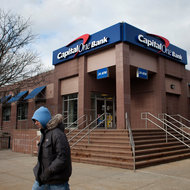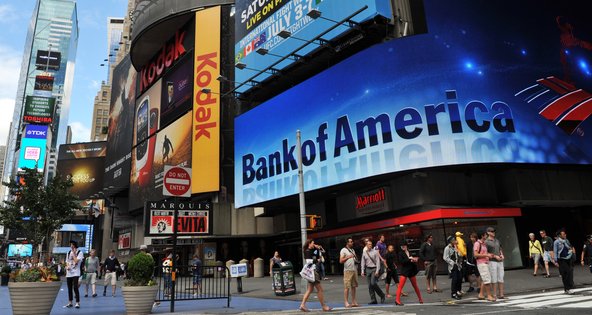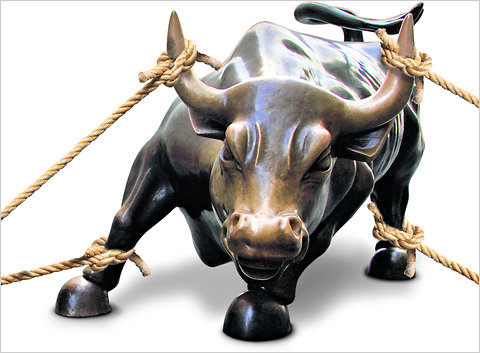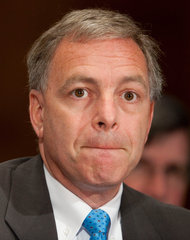 Jock Fistick/Bloomberg NewsING office’s in Brussels.
Jock Fistick/Bloomberg NewsING office’s in Brussels.
9:16 a.m. | Updated
LONDON — The Dutch financial services giant ING Group plans to sell its 9 percent stake in Capital One in a deal that could be worth around $3 billion.
ING acquired the stake in the American firm when Capital One bought ING Direct USA for $9 billion in February.
The Dutch firm said that it would make a net profit of 300 million euros ($378 million) after selling the 54 million shares in Capital One for around $3 billion.
ING added that the gain would help to increase its core Tier 1 ratio, a measure of a firm’s ability to weather financial shocks, to 11.9 percent, and that it planned to complete the transaction by Monday.
The deal for ING Direct USA transformed Capital One into the country’s fifth-largest bank by deposits. The combined business has around $200 billion in deposits, making it larger than regional powerhouses like PNC and TD Bank.
 Victor Blue for The New York TimesA branch of Capital One in Brooklyn.
Victor Blue for The New York TimesA branch of Capital One in Brooklyn.
Under the terms of the deal, Capital One issued $2.8 billion worth of new shares to ING, making the Dutch firm its largest shareholder.
The move to sell the shares comes as ING has been forced to sell assets as part of the conditions of a 10 billion euro ($12.5 billion) bailout it received from its local government in 2008.
Along with the sale of ING Direct USA to Capital One, the Dutch firm sold its online bank in Canada to a local rival, Bank of Nova Scotia, last month for $3.1 billion. ING is also planning to sell its Asian insurance businesses.
Shares in ING rose 1.8 percent in early afternoon trading in Amsterdam on Wednesday.
Bank of America Merrill Lynch, Morgan Stanley and Citigroup are the joint bookrunners for the deal.
Article source: http://dealbook.nytimes.com/2012/09/05/ing-to-sell-stake-in-capital-one/?partner=rss&emc=rss




